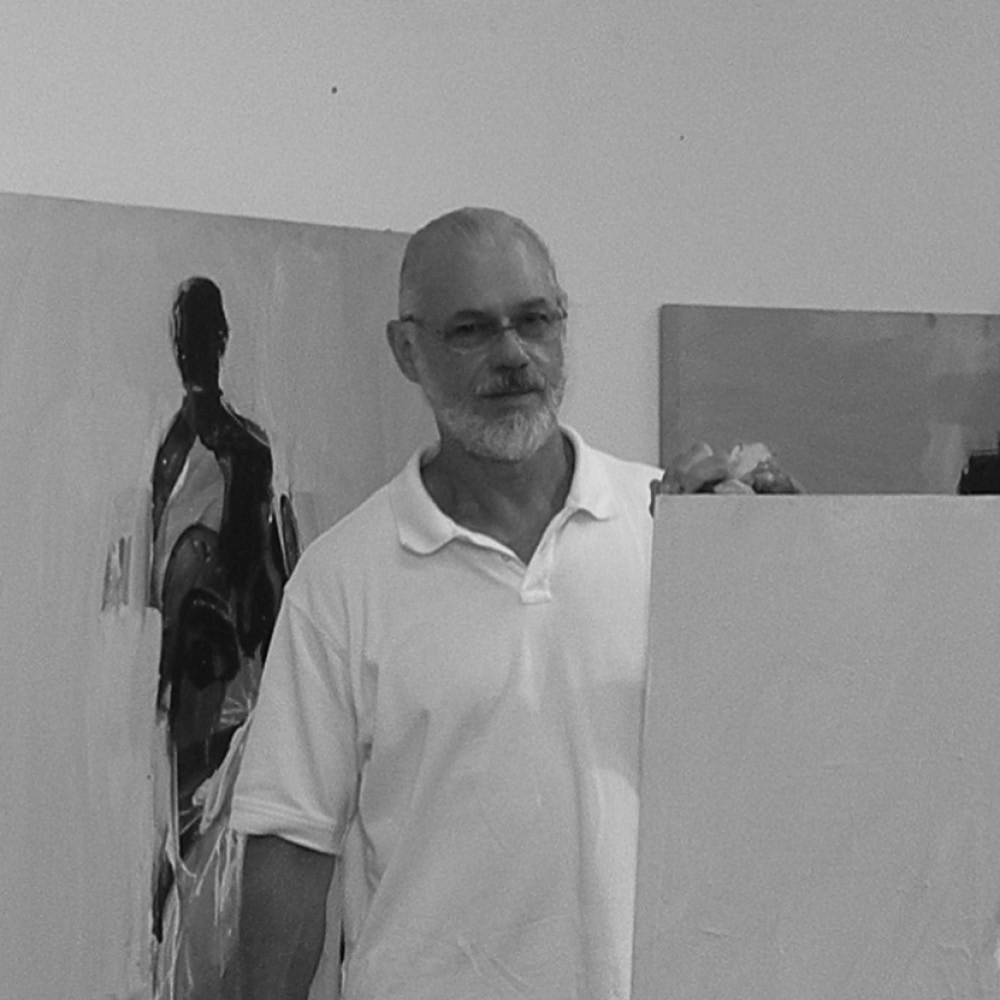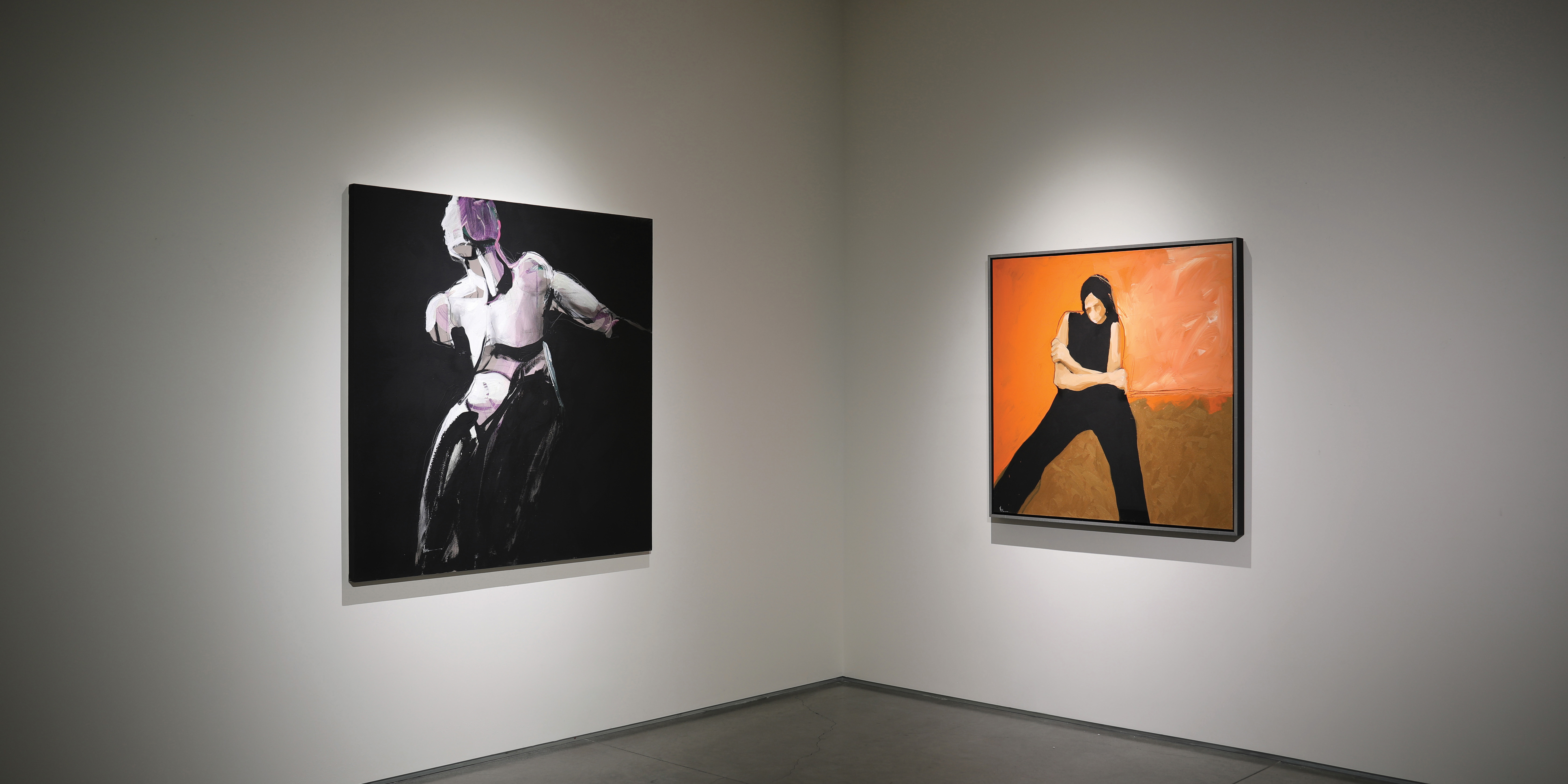Neil Nagy
Neil Nagy was born in 1941 in the East Los Angeles Latino community of El Sereno. He is a figurative expressionist painter who draws upon the single, powerful human form as a way to explore the humanistic, personal and spiritual paths.
Nagy’s inspirations have continually evolved. He came to appreciate the culture and art of Mexico as he traveled extensively to drink in the colorful life of the people and the country and to study ancient Mayan civilizations. Several residencies in the plains of the Bahio and the central western coast added to this impression on his life and especially his art. He is also influenced by the work of Rembrandt, Constable and Turner as well as Japanese art especially contemporary woodcuts.
Nagy received his education at San Jose State College for Industrial Design and Art and later at the Instituto Allende in San Miguel Allende. In 2006 Nagy was selected for an important “Bay Area Figurative” Exhibition where he showed alongside Diebenkorn, Park, Oliveira and others. He has held exhibitions internationally and has been included in a number of corporate and private collections.

AVAILABLE WORKS
Our inventory changes frequently. Please view available works below or click FOLLOW to be notified of new arrivals.
FOLLOW THIS ARTIST
Interested, but not ready to move forward yet? Want to be the first to know about new arrivals? Follow this artist to be notified.
FOLLOWI'm interested!
Please fill out the form below and we will notify you of new arrivals by this artist. You can unsubscribe or change your preferences at any time by clicking "Manage Preferences" at the bottom of any of our emails.
take a look
Opening Event
Video of Neil Nagy Retrospective.
Statement about the Artist
by Peter Frank, January 2011
It’s really all just pigment pushed around on paper. But Neil Nagy pushes that pigment with the consummate skill – now delicate, now impatient, now meditative, now explosive – of a born artist. You don’t have to be born an artist to make work this effective, but you do in order to make work this affecting. He looks, he draws. And in the process Nagy teases himself and you, going in and out of detail, going in and out of light and shadow, going from wandering line to palpable solid, going from passages of bright color to passages of deep black and sensuous gray.
Nagy has cultivated his native skill, to be sure, and he cultivates it unceasingly. Thus, he can go from the fluid rendition of an immediately observed nude, the subject and treatment for which he is best known, to the “constructed” image of a clothed woman, his newest investigation. He can go from the facelessness of a body to the bodylessness of a face, from the landscape of a reclining torso to the still life of a seated presence, from the passive eros of a pin-up to the dynamic power of a dancer.
Nagy touches upon and even combines popular tropes and artistic fancies, blurring identities and actions into descriptions of women that defy stereotypes by combining them. Finally, we don’t know where the lyricism of these images truly comes from – the bodies and attitudes of the subjects or the hand and mind of the artist? As long as we stay unsure, Neil Nagy keeps us rooted in his oblique accounts, pictures of people becoming moments and moments becoming people.

more about this artist
Biography
Neil Nagy was born in 1941 in the East Los Angeles community of El Sereno amongst the Mexican culture, of which its buoyant joyfulness and bold colors would greatly influence his future artistic sensibilities.
In the early 1960s Nagy gained exposure to the art of the Bay Area Figurative Painters Manual Neri and Nathan Oliveira as an Art and Design student at San Jose State College. The laid-back attitude of the period resulted in a lighter and more humanist interpretation of the severe existential Northern European styles. This, along with the explosion of Abstract Expressionism, informed Nagy’s style and work. In 2006 he was selected for an important “Bay Area Figurative” exhibition where he showed alongside Diebenkorn, Park, Oliveira, and others.
Nagy’s focus became steeped in figurative expressionism, in which he used the human form in mild abstractions to articulate spiritual and physical existentialism. For him, the single human form was the most powerful means of delivering works of poignant beauty that also carried intense emotional messages.
Although the figure remains central, the paintings continue to evolve, expressing considerations occupying the artist’s mind from ancient Chinese and Mayan history to contemporary figurative art. Recently, Nagy’s work has been inspired by explorations of the cultural influence of Japan on the postwar modern art world and the exquisite, meticulous art of calligraphy.
